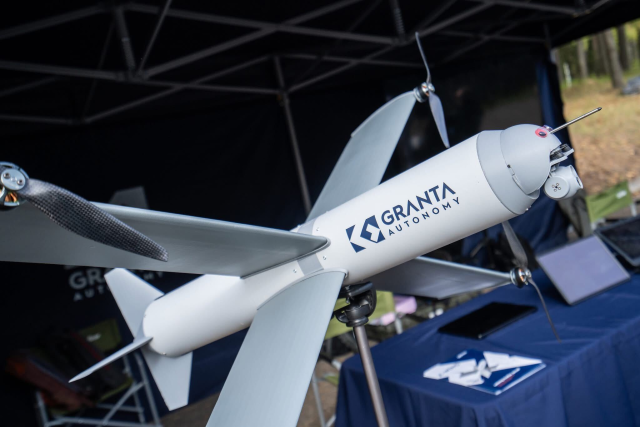U.S. Army's apache block III aircraft tests new technology
Developmental prototypes of the U.S. Army's next-generation Block III Apache Attack helicopter tested emerging technologies which allow pilots to control UAVs and their sensor payloads from the cockpit of the aircraft during a so-called Limited User Test (LUT) in November at Yuma Proving Grounds, Ariz., service officials said. Through Lockheed's VUIT 2 program, Apache pilots can already view feeds from nearby UAVs in the cockpit during flight; the technology is already being used in combat in Iraq. The LUT represented an effort to advance this technology and give pilots the ability to control the UAVs' payload and flight path as well, said Lt. Col. Dan Bailey, program manager for Apache Block III. "The LUT execution is complete and the data analysis is on-going. Execution was very successful and met all the objectives for the test," said Bailey in a written statement. "Manned-unmanned teaming is the concept of interoperability," he said. Called the UTA (UAS Tactical Common Data Link Assembly), the new technology enhances pilots' ability to view and control nearby UAV assets with a mind to intelligence, targeting information and overall situational awareness. Army engineers are now building the software that equips the aircraft with this next-generation capability.
"The onboard Apache Block III software provides the interface and control functions through a TCDL modem and antenna assembly," said Bailey. Utilizing the NATO standard called STANAG 4586, the aircraft can view and exchange images with other air and ground assets, Bailey said. "You might go to the different levels for different operational reasons depending upon what the tactical environment requires. The VUIT 2 was successful. Now - if you have the picture and you can control the picture that is much better". The next step is preparing reports and documents for a Low Rate Initial Production Defense Acquisition Board decision in April 2010, Bailey said. Low-rate initial production of the Apache Block III is slated to begin in 2011. "If I am able to link through a UAS but do so at a range several miles longer than my organic sensors, I can be behind a mountain. The stand-off distance lets me be at ease in conducting my mission. This reduces the overall workload and I can see different angles for target identification," said Bailey. The Apache Block III aircraft -- which will sustain the Apache fleet through 2040 --will add a host of new capabilities to the fleet, including an ability to climb to higher elevations such as those reached by Chinooks, Bailey said. "The successful LUT was another critical step towards producing and fielding the next generation Apache. I am very proud of the team of professionals - across Industry and Government -that worked hard to make this happen," said COL Shane Openshaw, Project Manager for Apache Helicopters.









